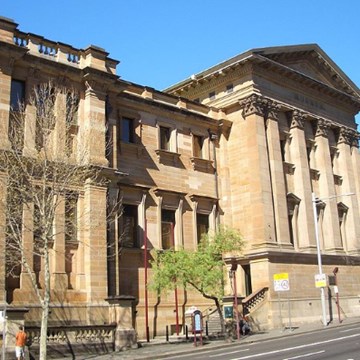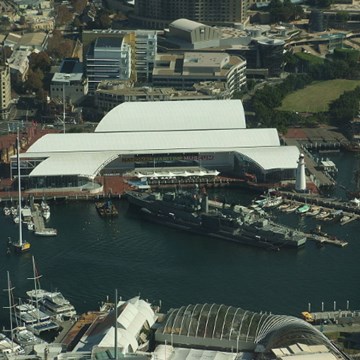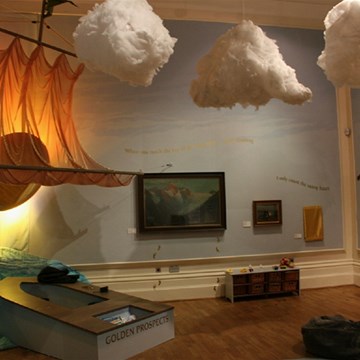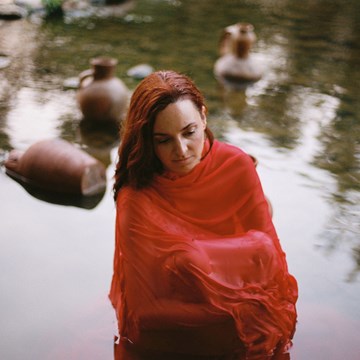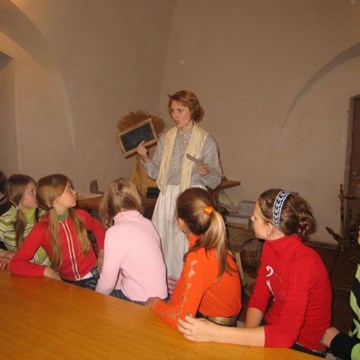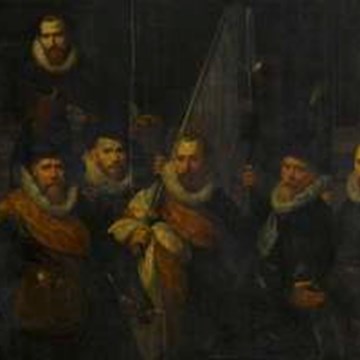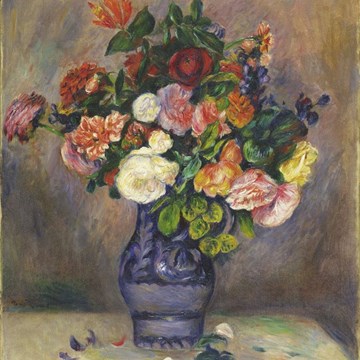Church Farm Village
A hidden gem of the East Coast, Church Farm Village gives a glimpse of agricultural life. Experience life in a Victorian farmhouse, explore the thatched 'mud and stud' farm labourer's cottage, marvel at Bob the traction engine and much more!
Whether arriving in Skegness by bus, rail, bicycle or on foot, The Village is easy to find by simply following the brown tourist signs. From the town centre it is a gentle 15 minute walk. Follow the directions towards Boston, past the Morrisons supermarket then take the second road on the right as indicated by a brown sign, and again follow the signs.
The farmhouse at Church Farm Village was built in 1760 (making it the second oldest building in Skegness), closely followed by the Vine Hotel, which was erected around the 1770s.
Back then, the farmhouse was actually called Holly House, and the name of the farm wasnt changed to Church Farm until some time around 1890s, some one hundred and thirty years after it was built.
The tenants in 1766 were called Enderby, and they rented 80.5 acres for £88 per annum. Church Farm records show a good picture of rising prices eventually reaching £194 at the end of the Napoleonic Wars.
All tenants of the Earl were required to sign a contract promising to obey the Earl’s conditions for farming his land. Tenants could not plough up grassland without permission – that would result in a £10 per acre fine. They could also only plant a quater of an acre of potatoes, and had to obtain the Earl’s permission if they wished to sub-let the farm land or the house.
Going back to the 1840′s Skegness was still a small settlement, approximately 180 inhabitants. Church Farm at this time was mostly pasture, which would have been good grazing. Only fifteen acres were attached to the farm, on what is now the car park and factory area. Only 100 yards away, in the area of what is now Queen’s Road, were the lands of the neighbour. The remainder of the land were scattered across the local area.
In 1849 a 29year old Burgh Le Marsh man, John H W Grantham, a maltster by trade, took the tenancy. He continued to live in Burgh, using the fields to fatten his livestock during the summer months. By 1861, he was running a 370 acre farm in Burgh, married with four children and employed 3 house staff.
At the beginning of the 1870′s the ninth Earl of Scarbrough began the redevelopment of Skegness. Farmers in Skegness who were the Earls’ tenants found their land being taken for houses, but Church Farm escaped the worst of the redevelopment, with only a portion of its 10acre field taken.
By 1962 only 39 acres of land remained. In 1974 Church Farm – which compromised of just under 3 acres and the farm buildings – were sold to the district council for £48,000. At the same time, Lincolnshire County Council had acquired from other sources the farm implements and machinery collection of the late Bernard Best of Bratoft and the offer of housing the collection at the then new Church Farm Museum was gratefully accepted.
Two years later in 1976, Church Farm Museum opened its doors for the very first time.
ENTRY BY DONATION to the Village except for special events.
Exhibitions and events
We don't have anything to show you here.
Educational programs
We don't have anything to show you here.
Collections
We don't have anything to show you here.



